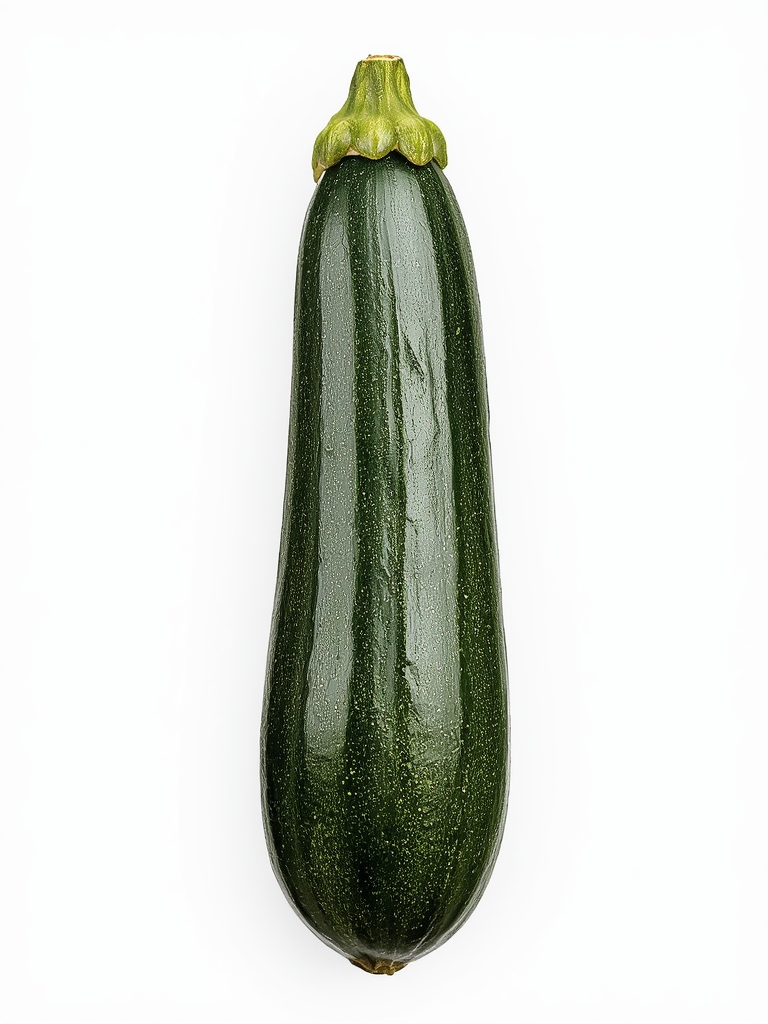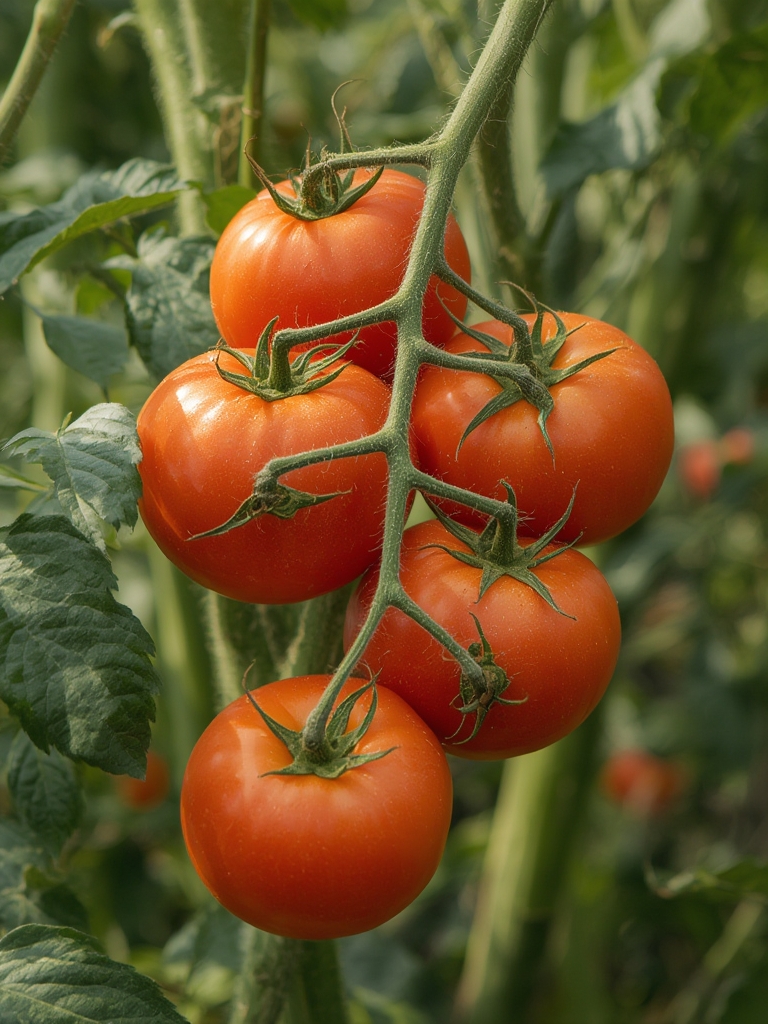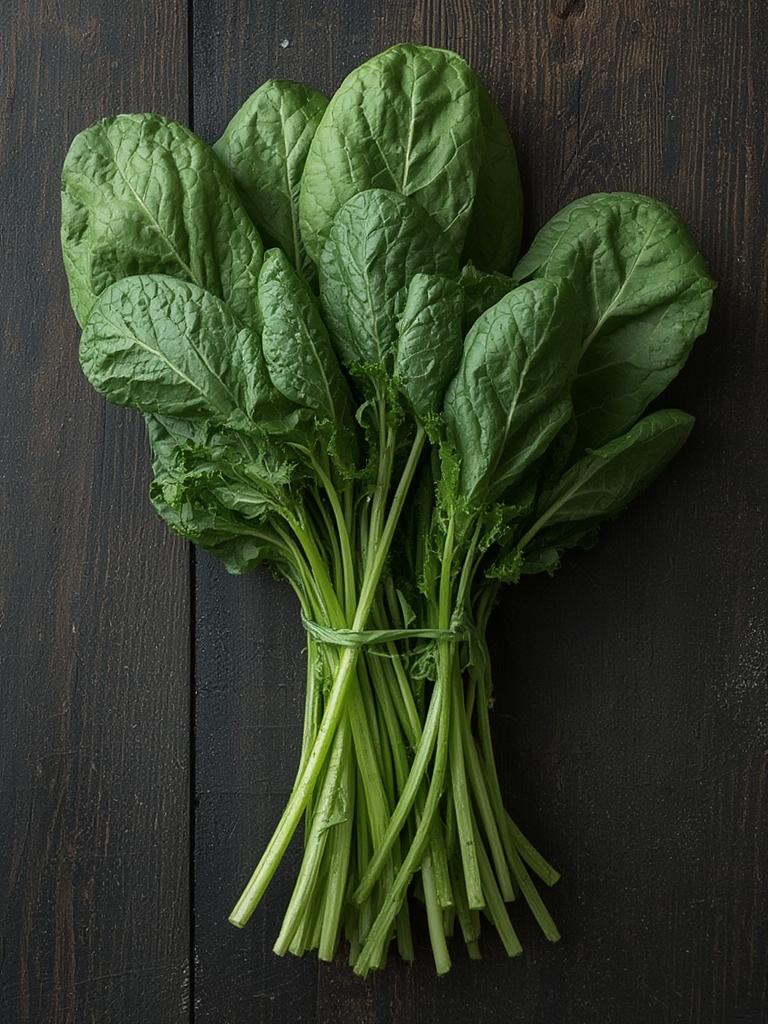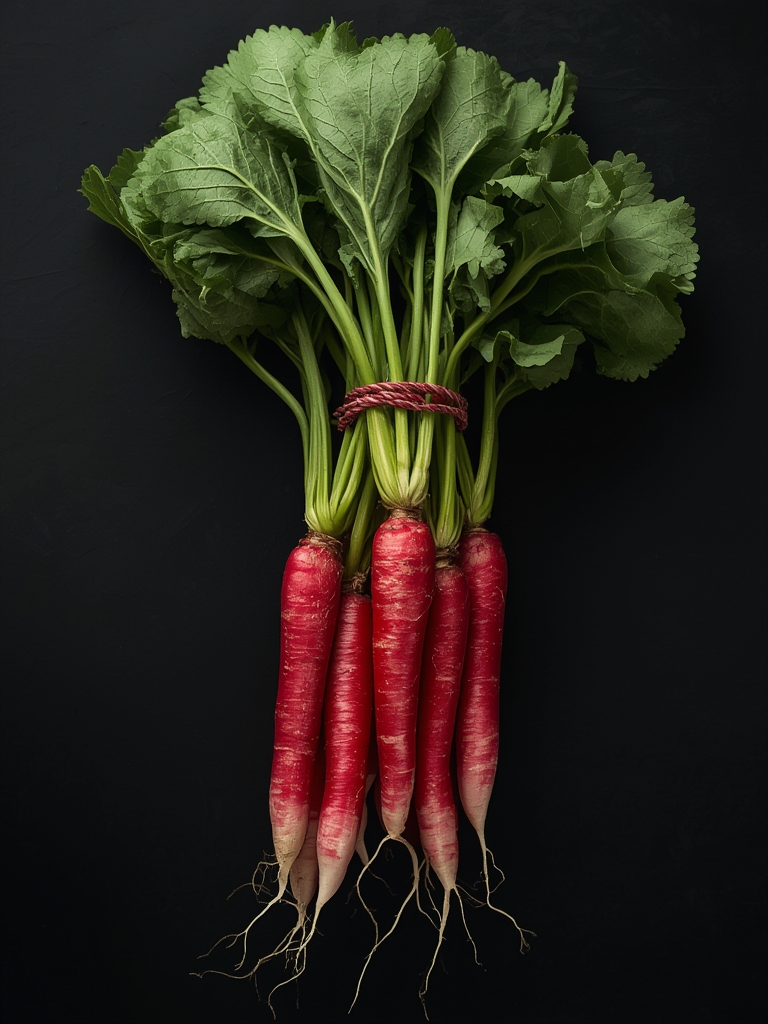Grow Zucchini at Home: Your Complete Guide to Abundant Harvests
Have you ever bitten into a freshly harvested zucchini and marveled at its crisp texture and delicate flavor? Growing your own zucchini at home can be incredibly rewarding and surprisingly simple. As one of the most productive vegetables in your garden, a single plant can yield enough squash to feed your family all summer long. Whether you’re a gardening novice or have years of experience, zucchini offers an accessible entry point to homegrown produce with its forgiving nature and prolific output.
Materials & Supplies
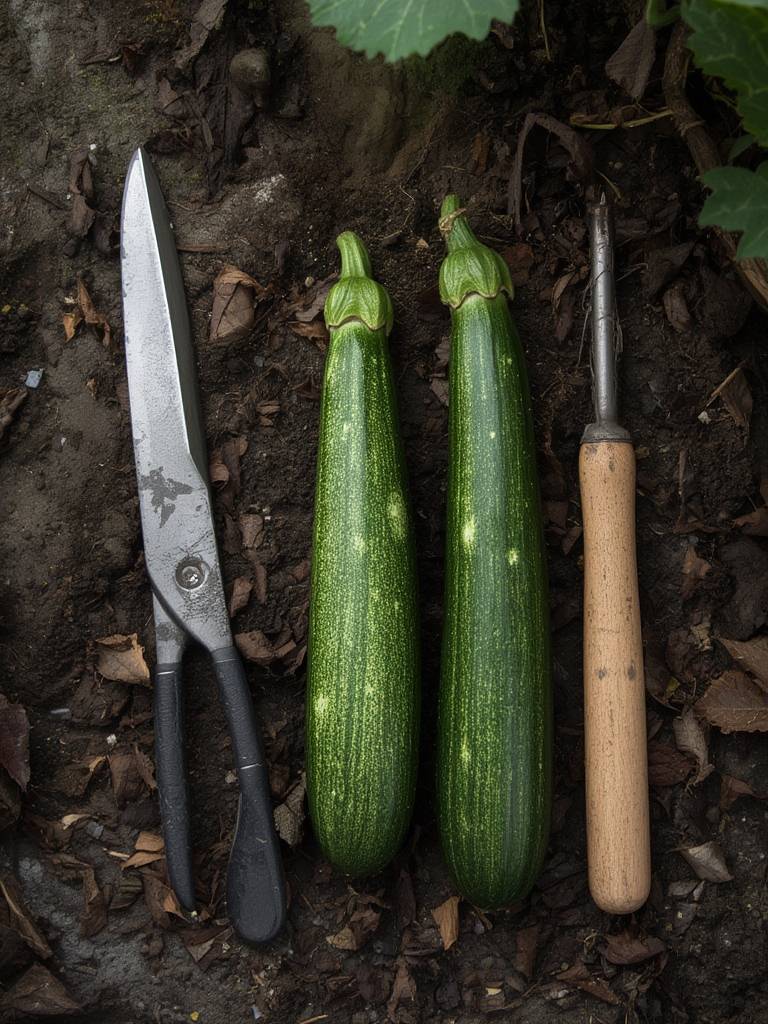
To successfully grow zucchini at home, you’ll need:
- Seeds or seedlings: Choose from variety options like Black Beauty, Cocozelle, or Yellow summer squash
- Garden soil: Well-draining, nutrient-rich soil with compost mixed in
- Garden space or containers: At least 2-3 feet diameter per plant
- Watering can or hose: With gentle spray attachment
- Organic fertilizer: Balanced NPK ratio (5-5-5 or similar)
- Mulch: Straw, wood chips, or dried leaves
- Support stakes (optional): For vertical growing in small spaces
- Hand trowel and garden gloves: For planting and maintenance
- Neem oil or insecticidal soap: For pest management
Timing / Growing Schedule
Zucchini is a warm-season crop that thrives in temperatures between 65°F and 85°F. Start seeds indoors 3-4 weeks before your last frost date, or sow directly in the garden after all danger of frost has passed. From planting to first harvest typically takes 40-55 days, considerably faster than many other vegetables. The peak growing season runs from early summer through fall, with most plants producing continuously for 6-8 weeks before slowing down.
Step-by-Step Instructions

-
Choose your location: Select a spot with 6-8 hours of direct sunlight daily. Tip: Morning sun helps leaves dry quickly, reducing disease risk.
-
Prepare the soil: Dig in 2-3 inches of compost, creating mounds 8-12 inches high and 2 feet wide. This improves drainage and warms the soil faster.
-
Plant seeds or seedlings: Place 2-3 seeds per mound, 1 inch deep, then thin to the strongest seedling. For transplants, handle carefully to avoid disturbing roots.
-
Water thoroughly: Keep soil consistently moist but not waterlogged. Pro tip: Water at the base rather than overhead to prevent fungal issues.
-
Apply mulch: Add 2-3 inches around plants after they’re established to retain moisture and suppress weeds.
-
Monitor for pests: Check leaves regularly for squash bugs, cucumber beetles, and powdery mildew. Early detection makes control much easier.
-
Harvest regularly: Pick zucchini when they reach 6-8 inches long for optimal tenderness and flavor. Daily checking during peak season is essential!
Nutritional Benefits
Home-grown zucchini delivers impressive nutritional benefits with just 33 calories per cup. They’re packed with vitamin C, potassium, and manganese, plus significant amounts of vitamins B6, A, and K. The high water and fiber content promotes hydration and digestive health, while antioxidants like lutein and zeaxanthin support eye health. Growing your own ensures you enjoy these benefits at peak freshness without chemical residues.
Tips, Alternative Methods, or Gardening Advice
For small spaces, try vertical growing using trellises or stakes – this not only saves space but improves air circulation. Container gardening works well with compact varieties like ‘Patio Star’ or ‘Eight Ball.’ In hot climates, provide afternoon shade to prevent wilting. For continuous harvesting, stagger plantings 2-3 weeks apart or try succession planting with other summer squash varieties for diverse harvests.
Common Mistakes to Avoid
- Overplanting: Limit yourself to 2-3 plants per household to avoid overwhelming harvests
- Inconsistent watering: Leads to bitter fruits and blossom end rot – aim for 1-2 inches weekly
- Harvesting too late: Overlarge zucchini become woody and seedy – check plants daily
- Ignoring pollinators: If yields are low, hand-pollinate by transferring pollen from male to female flowers
- Crowding plants: Poor spacing restricts airflow, inviting fungal diseases
Storage / Maintenance Tips
Store harvested zucchini unwashed in perforated plastic bags in the refrigerator for 5-7 days. For longer preservation, freeze sliced or shredded zucchini after blanching, or try pickling. Maintain plants by removing yellowing leaves promptly and fertilizing with diluted compost tea monthly. Water deeply at the base in mornings, and harvest frequently to encourage continued production.
Conclusion
Growing zucchini at home offers tremendous rewards for minimal effort. With proper care, you’ll enjoy an abundant harvest of nutritious, fresh vegetables throughout the summer months. The satisfaction of growing your own food coupled with the superior flavor of garden-fresh produce makes this an ideal project for any home gardener. Start planning your zucchini patch today, and don’t forget to share your bumper crop with neighbors – they’ll thank you for it!
FAQs
- Why are my zucchini flowers dropping without forming fruit?
This typically indicates pollination issues. Try hand-pollinating in the early morning by transferring pollen from male flowers (thin stems) to female flowers (with tiny fruit behind the blossom). - Can zucchini be grown indoors?
Yes, compact varieties can grow indoors with sufficient light (10-12 hours of bright grow lights) and hand-pollination. Choose containers at least 12 inches deep with excellent drainage. - How do I prevent powdery mildew on zucchini leaves?
Maintain good air circulation by proper spacing, water at the base in mornings, and apply a preventative spray of 1:9 milk-to-water solution weekly. Remove affected leaves promptly. - Is it normal for the first few zucchini to be misshapen?
Yes, early fruits can be irregular due to incomplete pollination. This typically resolves as more pollinators visit your garden throughout the season.

